Phobias are intense fears of specific objects or situations. While many are common, some are quite unusual and fascinating. This list explores some of the most peculiar phobias people have. Each phobia has a unique origin and intriguing history that sheds light on why these fears develop.
Arachibutyrophobia
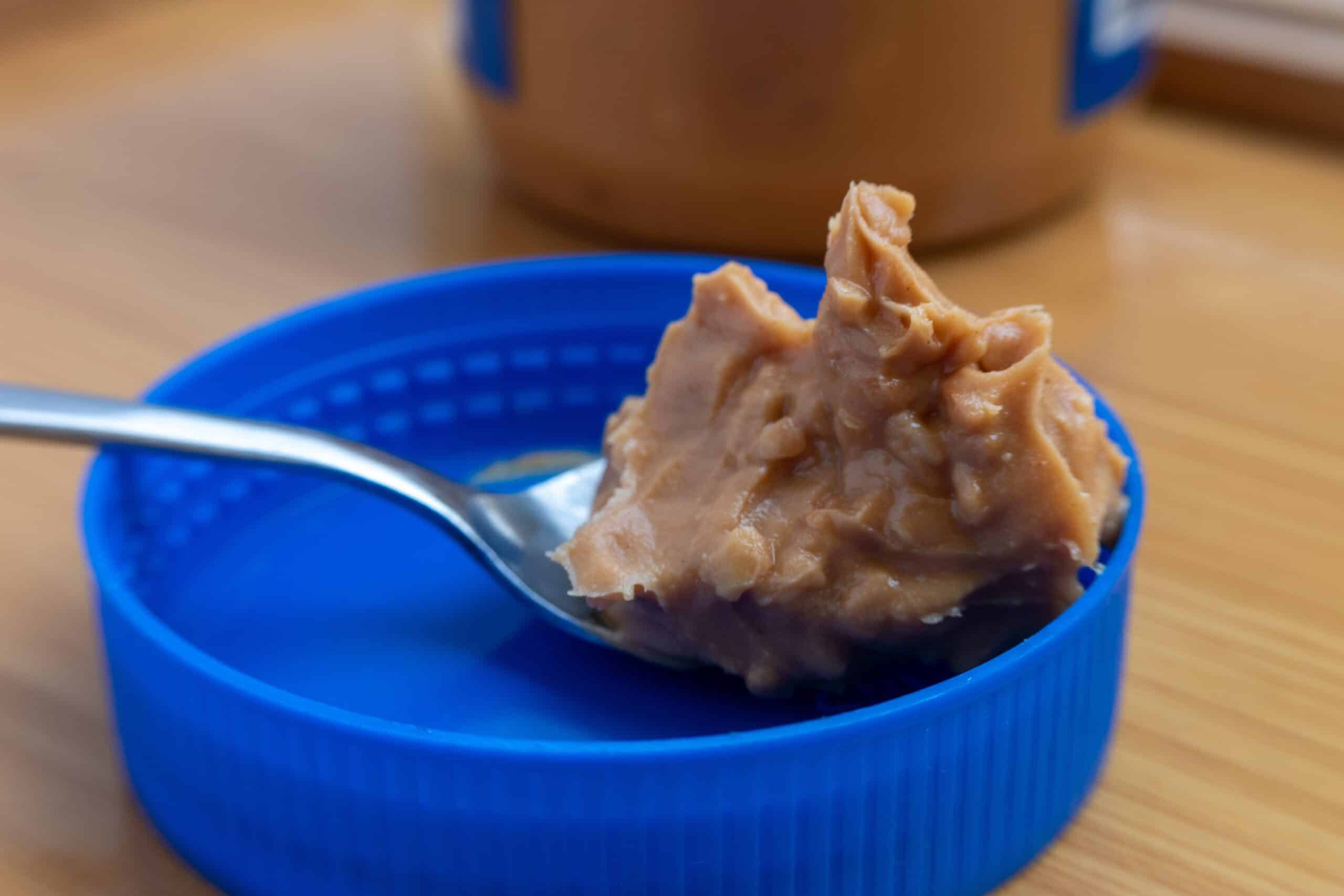
Arachibutyrophobia is the fear of peanut butter sticking to the roof of the mouth. This phobia can cause significant anxiety and discomfort when faced with peanut butter. It often results in avoiding peanut butter and similar sticky foods altogether. The term comes from the Greek words “arachi” (peanut) and “butyrum” (butter). It’s not well-documented in medical literature but is recognized among anxiety disorders. The fear may stem from a traumatic experience with peanut butter or a general fear of choking. This phobia is especially challenging for those who enjoy peanut butter but are hindered by their intense fear.
Nomophobia
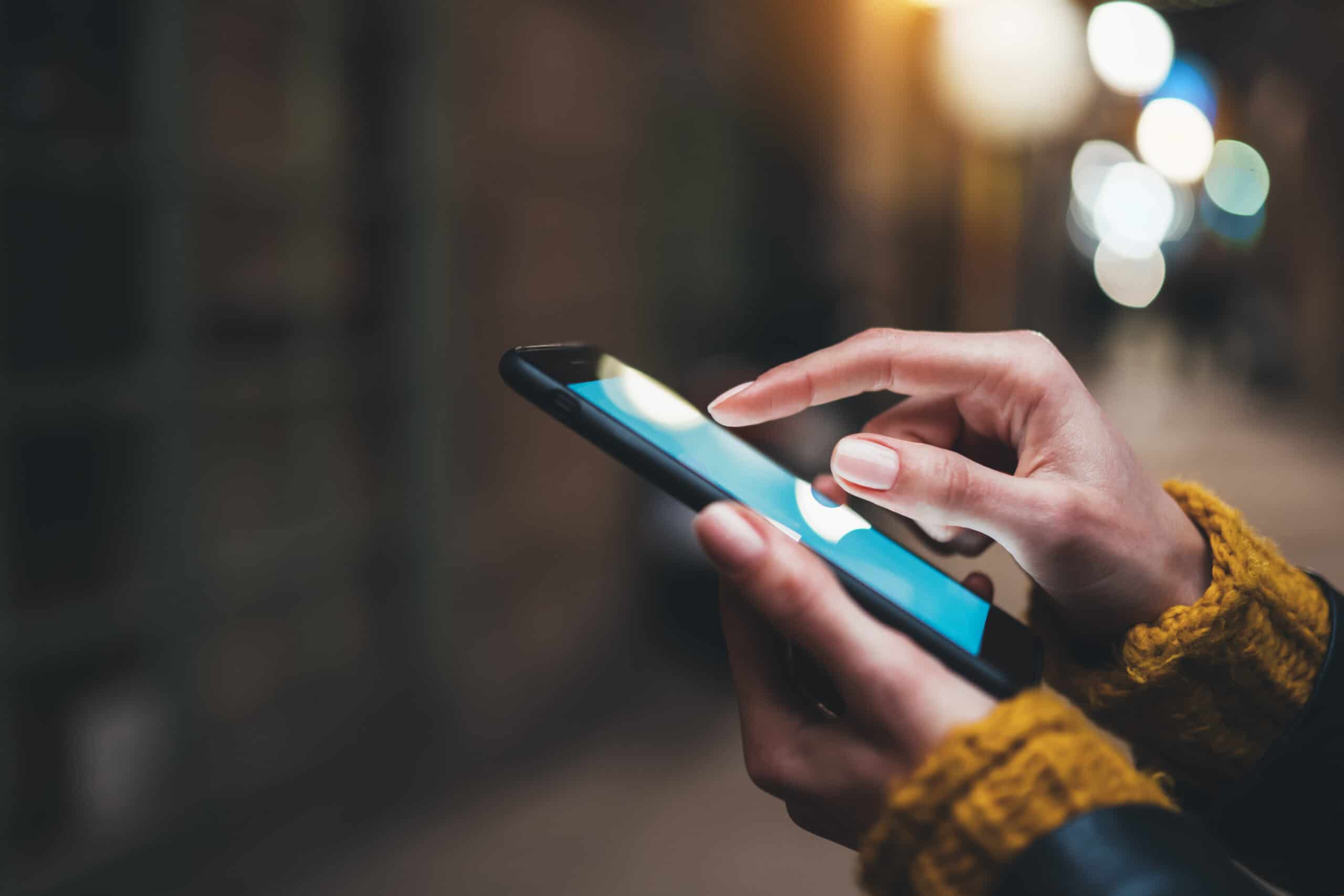
Nomophobia is the fear of being without a mobile phone or losing signal. It’s a modern phobia linked to our dependence on technology. People with nomophobia experience panic, anxiety, and distress when they can’t use their phone. The term combines “no mobile phone phobia.” It emerged with the rise of smartphones and constant connectivity. Studies show that it can cause panic attacks and severe anxiety. The fear of missing out and the need for instant communication drive this phobia. It’s increasingly common as our reliance on digital devices grows.
Xanthophobia
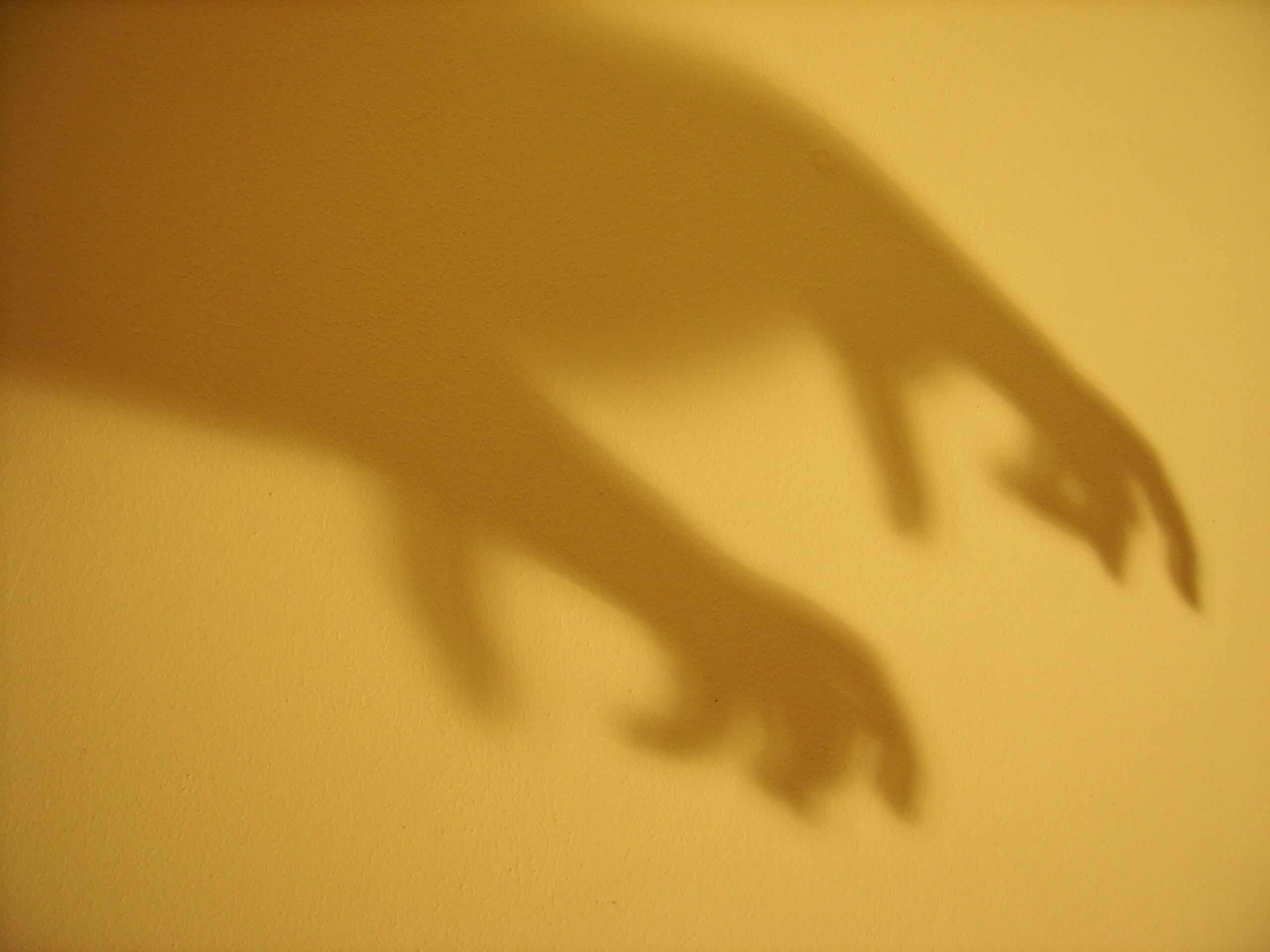
Xanthophobia is the fear of the color yellow. This phobia can lead to avoiding yellow objects, flowers, or even the sun. It can significantly impact a person’s daily life and activities. “Xantho” comes from the Greek word for yellow. It might be linked to negative experiences or cultural associations with the color. Yellow often represents caution or illness, which can fuel this fear. Historical associations of yellow with jaundice or quarantine may also play a role in developing this phobia.
Pogonophobia
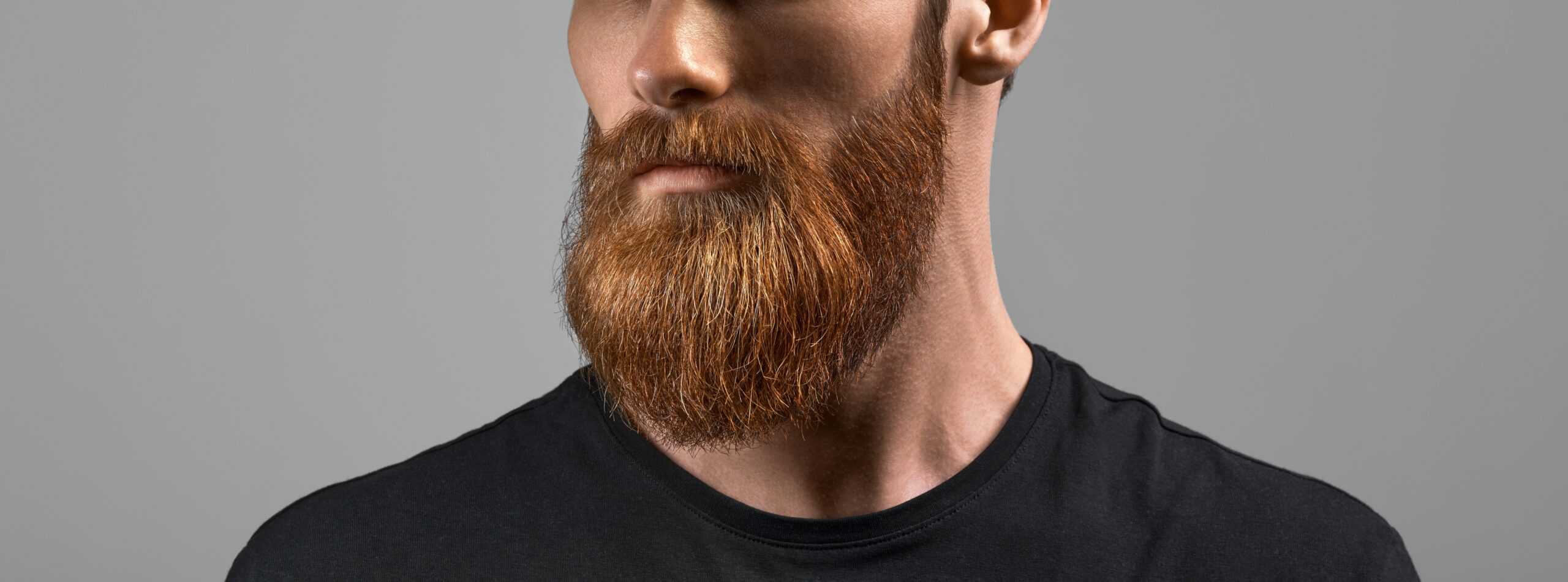
Pogonophobia is the fear of beards. This phobia can cause discomfort and anxiety in the presence of bearded individuals. It can affect social interactions and perceptions of those with facial hair. The term “pogon” is Greek for beard. It might originate from negative experiences with someone who had a beard. The fear can also be linked to cultural or personal hygiene standards. Historical views associating beards with uncleanliness or certain professions might contribute to this phobia.
Ombrophobia
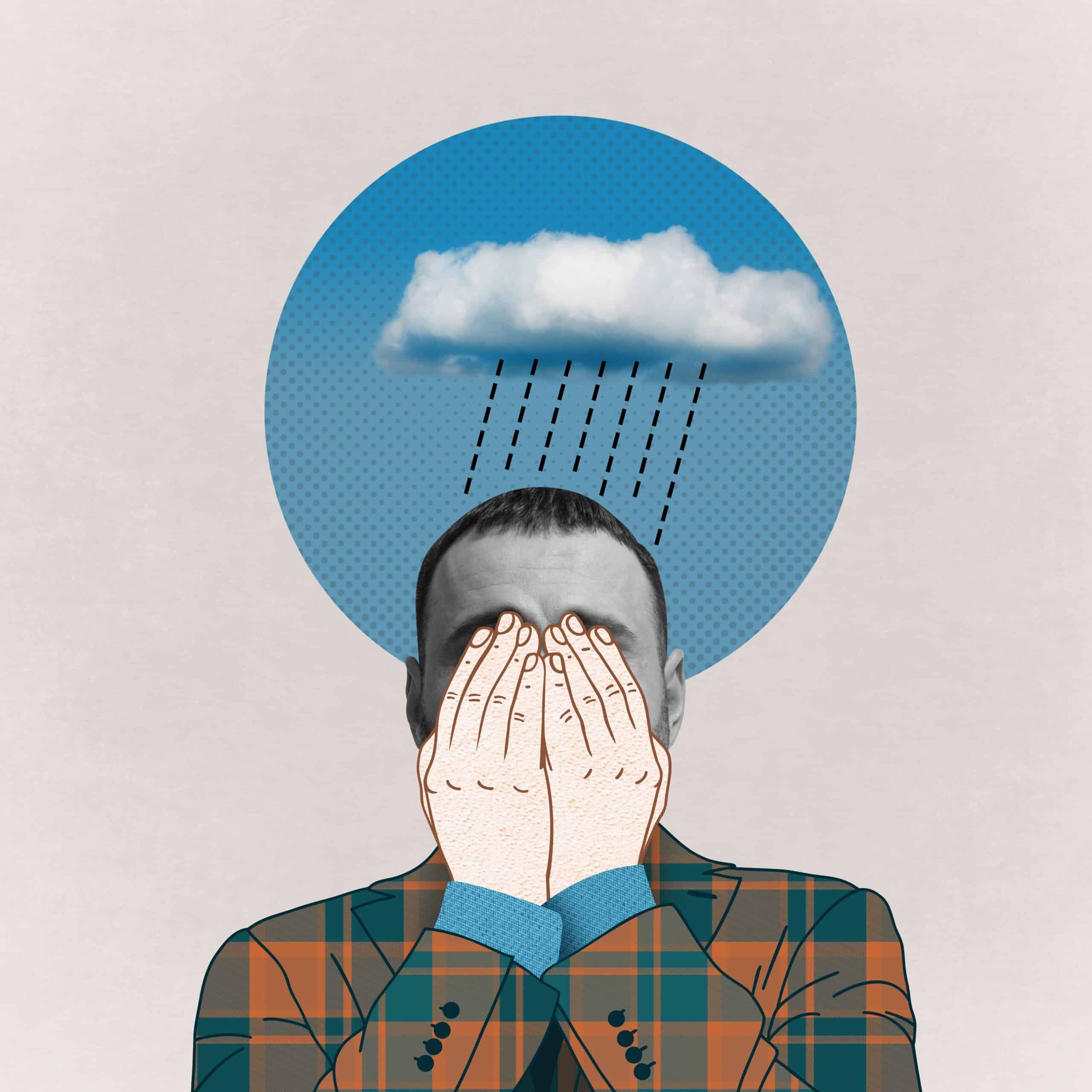
Ombrophobia is the fear of rain. This phobia can lead to avoidance of outdoor activities and anxiety during rainy weather. It can severely limit a person’s ability to enjoy life, especially in regions with frequent rainfall. “Ombro” is Greek for rain. The fear may stem from a traumatic event involving rain or storms. It can also be associated with a dislike of getting wet or concerns about health. Cultural myths or superstitions about rain might also play a role in the development of ombrophobia.
Turophobia

Turophobia is the fear of cheese. People with this phobia avoid cheese in all forms, which can impact their diet and social interactions. It can cause significant dietary restrictions and anxiety around common foods. The term “turo” comes from the Greek word for cheese. It might arise from a negative experience with cheese or its texture and smell. This phobia can cause significant lifestyle changes and social anxiety. Historical or cultural aversions to dairy products might also contribute to this uncommon fear.
Ablutophobia

Ablutophobia is the fear of bathing or washing. This phobia can result in severe hygiene issues and social stigma. It often leads to avoidance of personal hygiene practices, causing health problems and social isolation. “Abluto” is Latin for washing. The fear often starts in childhood, possibly linked to traumatic water-related experiences. It can also be associated with sensory processing issues or OCD. Historical and cultural contexts, such as associations of water with illness, might also influence this phobia.
Geniophobia
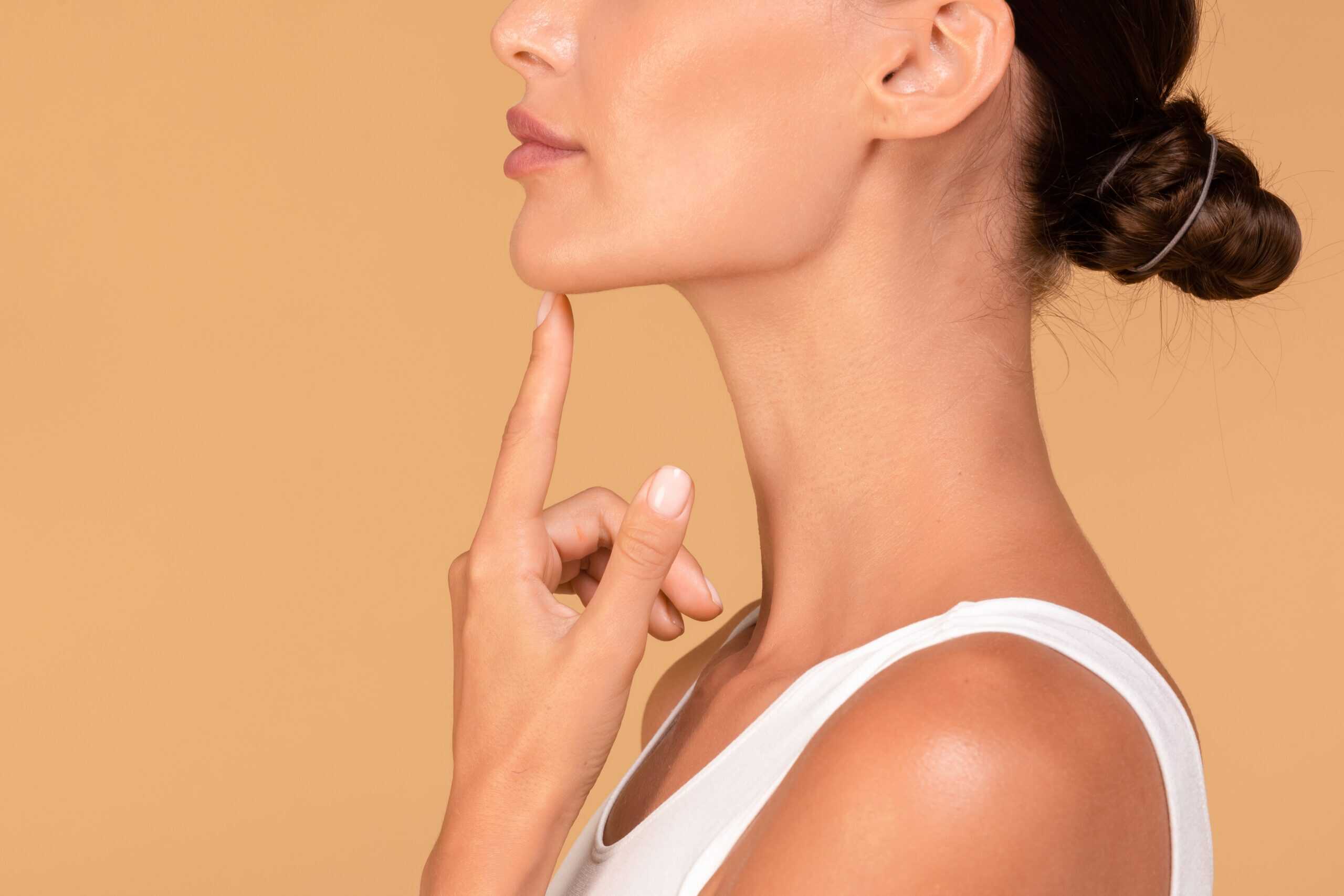
Geniophobia is the fear of chins. This phobia can cause distress when seeing or touching chins, whether their own or others’. It can interfere with personal relationships and self-image. The term comes from the Greek word “genio” (chin). It might be connected to a negative association with chins, such as injury or appearance. This phobia is rare but can lead to significant social anxiety. Historical and cultural beauty standards may contribute to this uncommon fear, impacting how individuals perceive and react to chins.
Eisoptrophobia
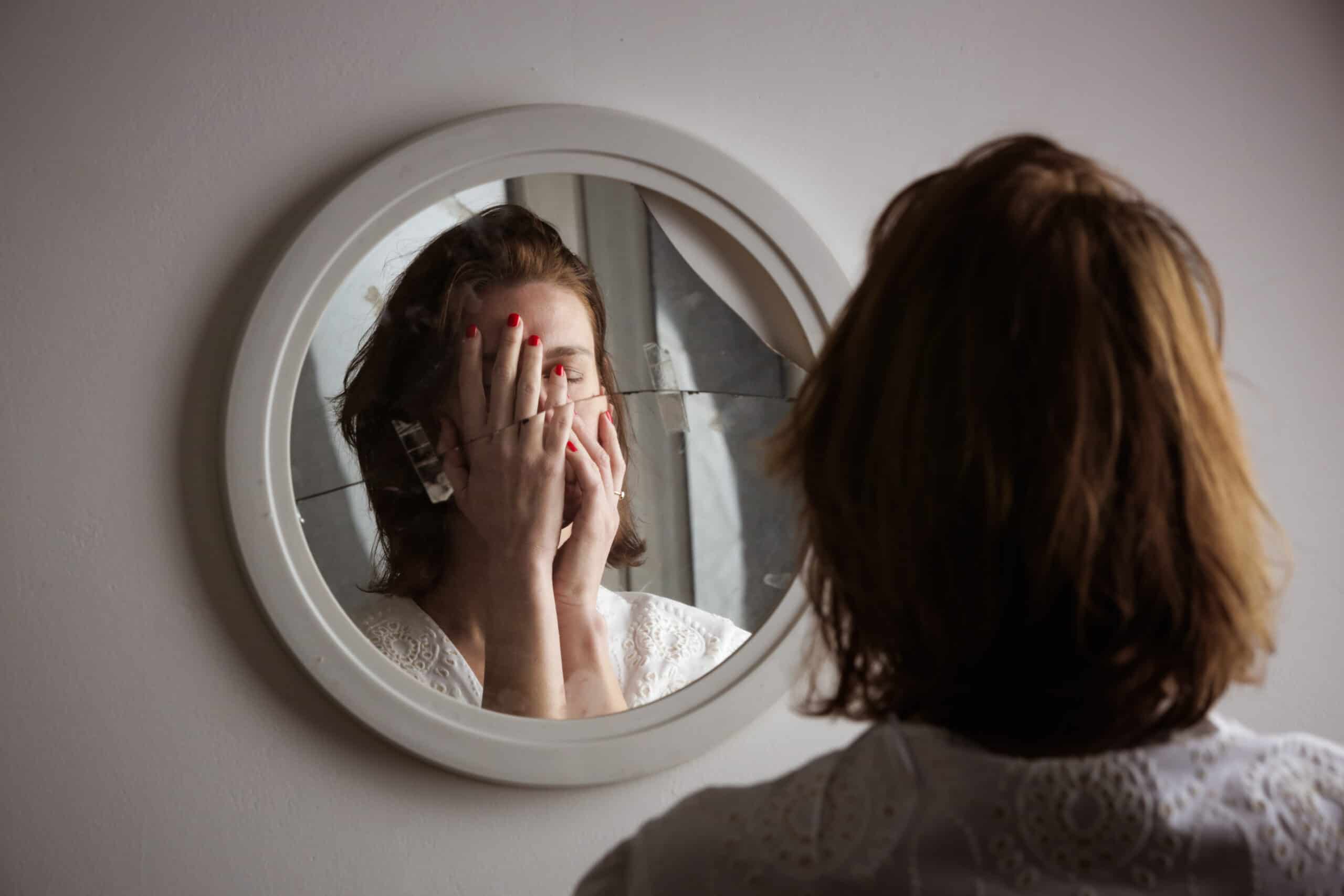
Eisoptrophobia is the fear of mirrors or seeing one’s reflection. People with this phobia may avoid mirrors, reflective surfaces, and even certain social situations. The term comes from the Greek words “eis” (into) and “optikos” (vision). This fear can stem from superstitions, negative self-image, or traumatic events. Historically, mirrors have been associated with vanity and supernatural beliefs. People with eisoptrophobia might fear bad luck or seeing something supernatural in their reflection.
Genuphobia
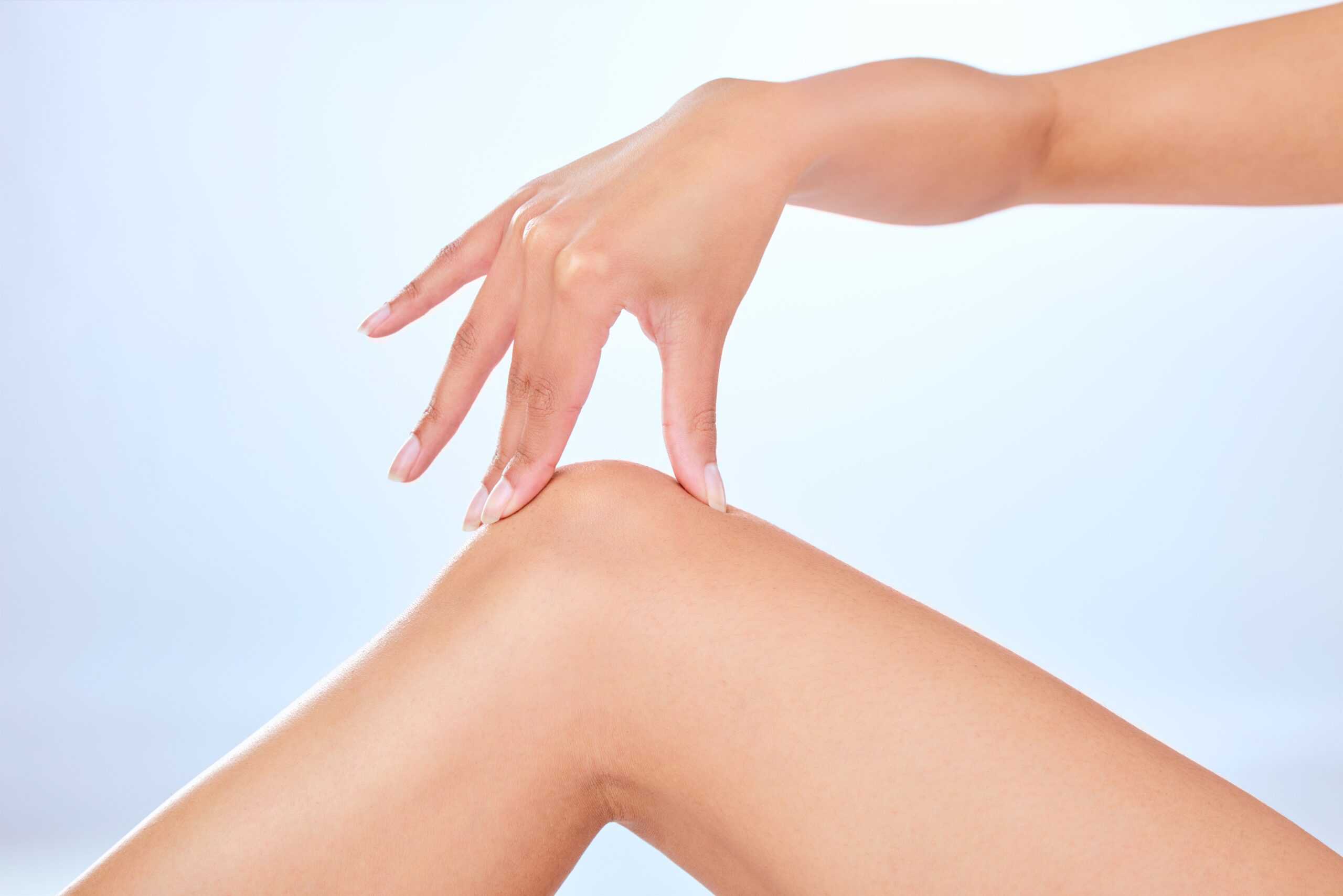
Genuphobia is the fear of knees. This phobia can cause distress when seeing or touching knees, whether their own or others’. The term “genu” is Latin for knee. It might be connected to a negative association with knees, such as injury or appearance. This phobia is rare but can lead to significant social anxiety. Historical and cultural views on modesty and body image may contribute to this uncommon fear.
Hippopotomonstrosesquippedaliophobia
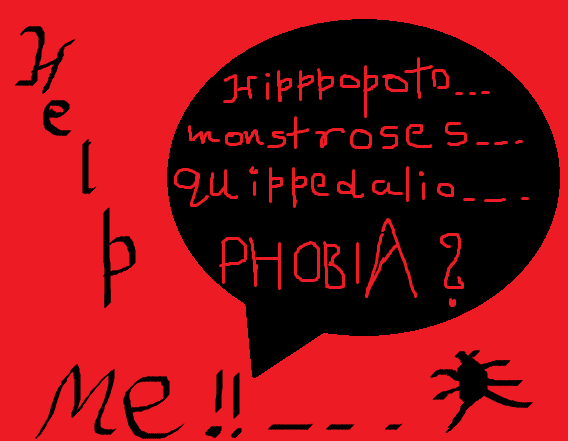
Hippopotomonstrosesquippedaliophobia is the fear of long words. It’s an ironic and humorous term, considering its own length. The name is derived from several Greek and Latin roots that humorously convey the meaning. This phobia often develops in people with dyslexia or other reading difficulties. Fear of embarrassment and social anxiety can exacerbate this condition. It’s a rare phobia but highlights challenges in literacy and communication.
Heliophobia
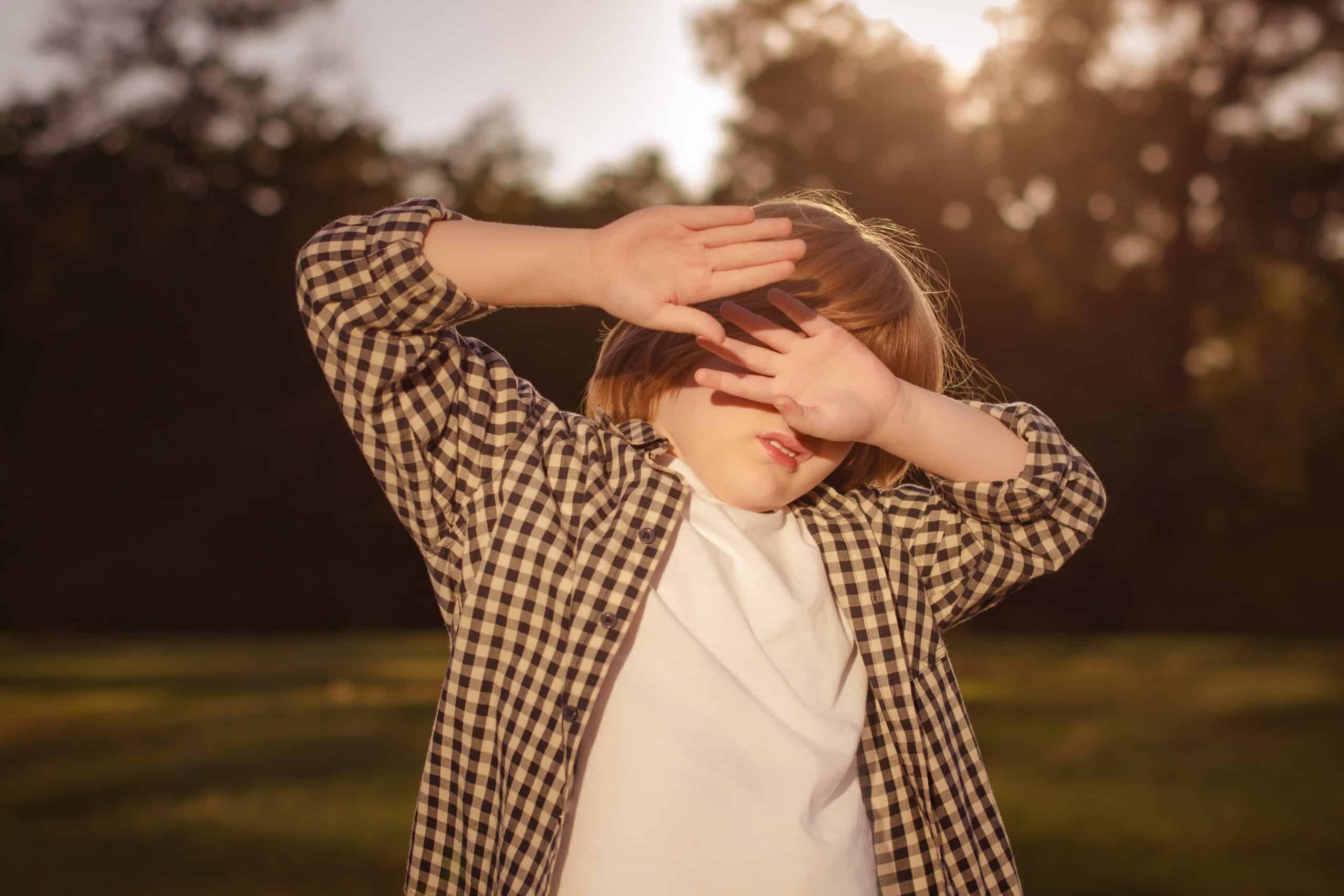
Heliophobia is the fear of sunlight. It can lead to avoidance of outdoor activities and cause a deficiency in vitamin D. “Helio” is Greek for sun. This phobia might arise from medical conditions exacerbated by sunlight, such as lupus. Historical beliefs about the sun causing skin diseases or burns could contribute. People with heliophobia might also fear skin cancer or premature aging.
Globophobia
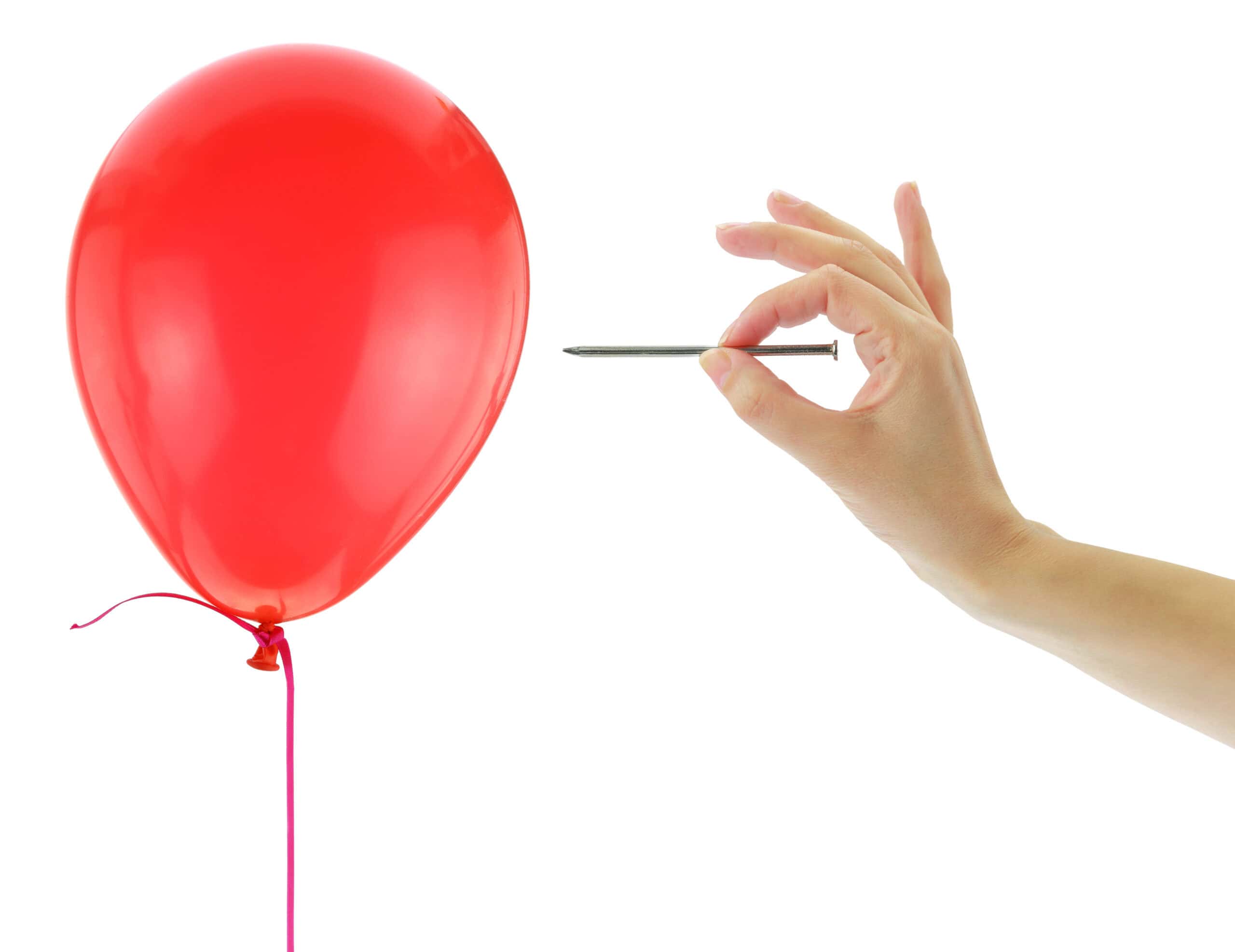
Globophobia is the fear of balloons. The sound of balloons popping is often a trigger, causing intense anxiety. The term combines “globo” (balloon) and “phobia” (fear). This fear may stem from childhood experiences with balloons popping. The loud noise can cause panic, especially in those with noise sensitivities. It’s a common fear among children and can persist into adulthood.
Chaetophobia
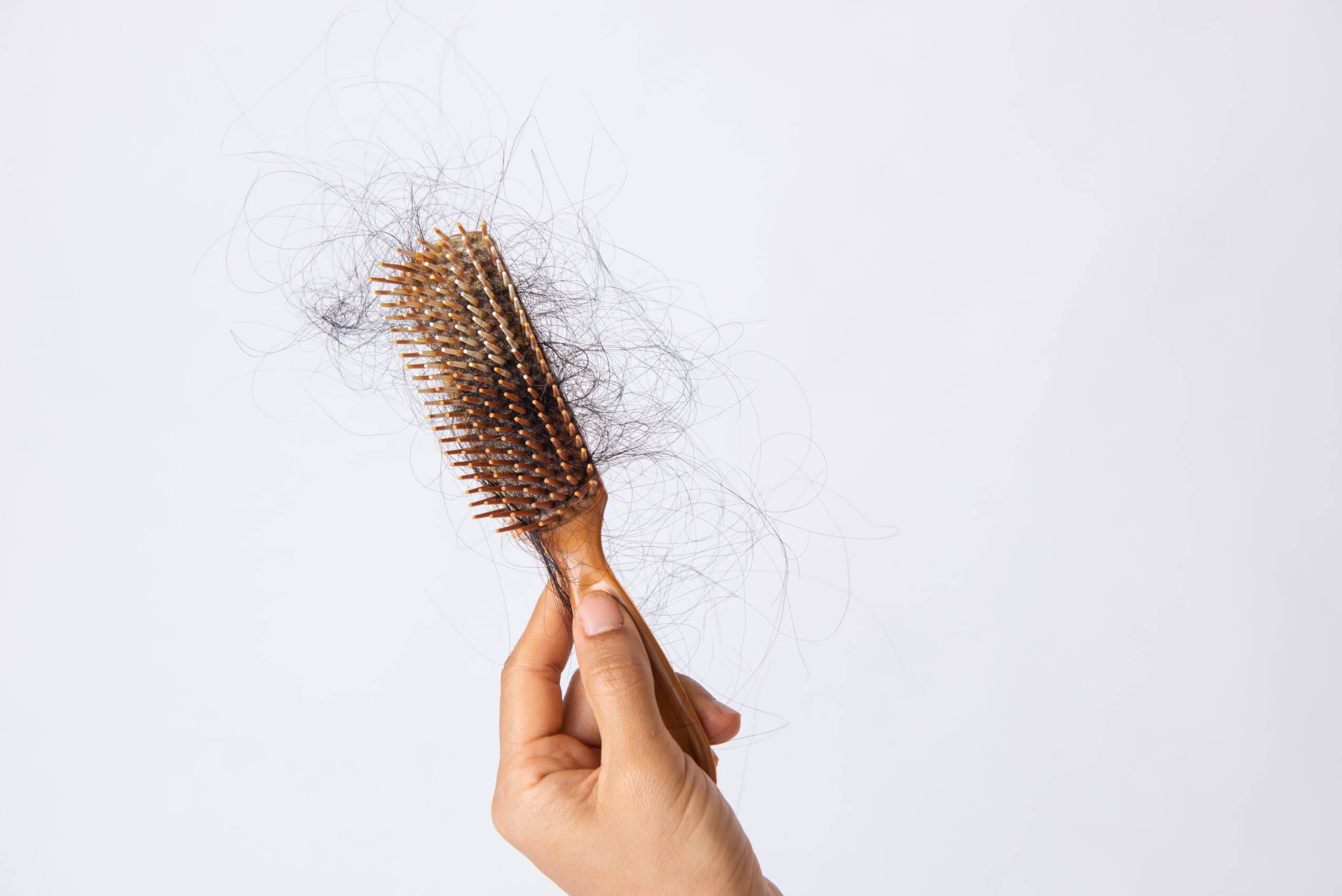
Chaetophobia is the fear of hair. It can be fear of loose hair, hair on the body, or even other people’s hair. “Chaeto” is Greek for hair. This phobia can develop from negative experiences or sensory issues. Historical and cultural attitudes toward hair can influence this fear. People with chaetophobia might also associate hair with hygiene concerns.
Optophobia
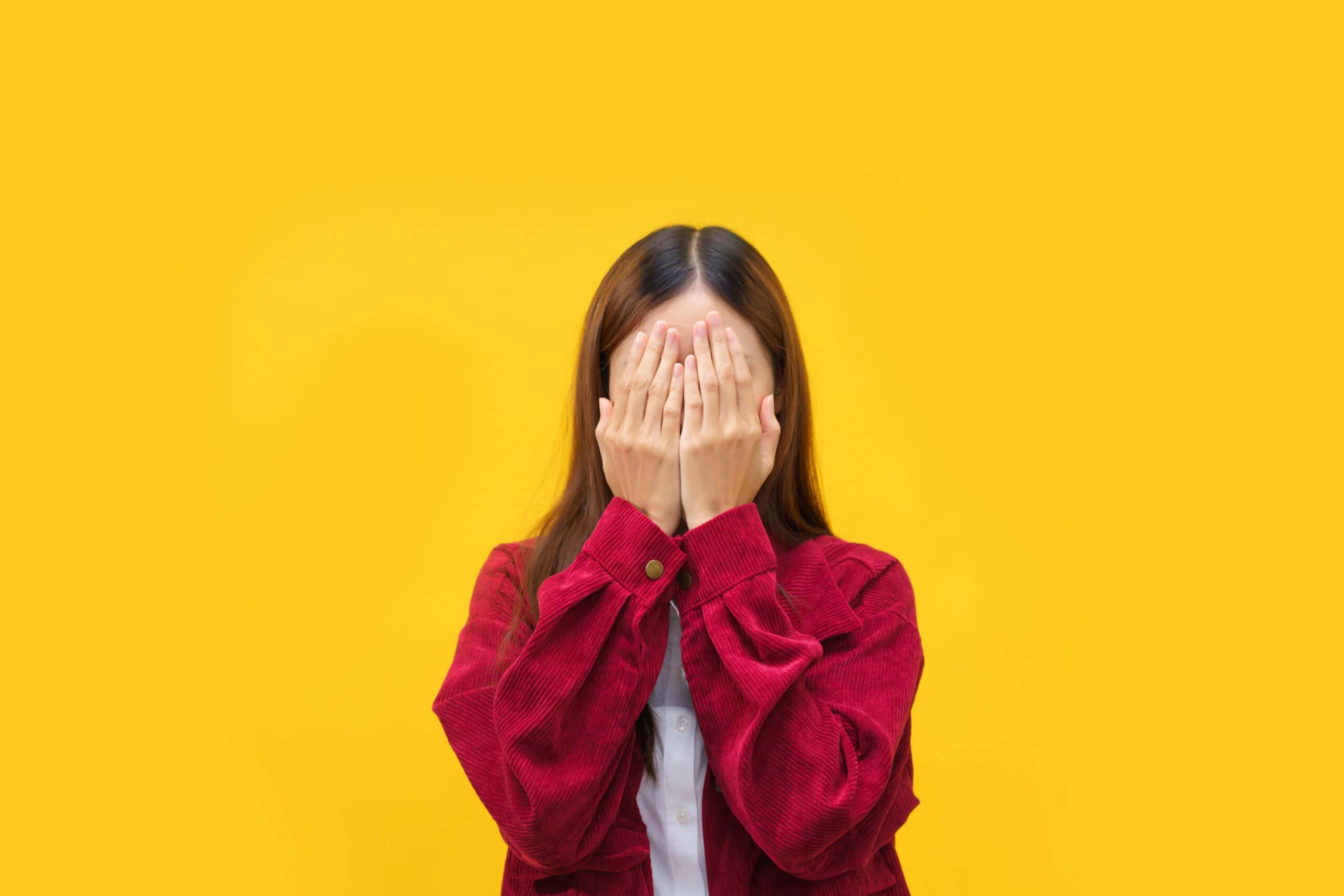
Optophobia is the fear of opening one’s eyes. This phobia can severely impact daily life, causing individuals to avoid visual stimuli. “Opto” is Greek for vision. The fear might result from traumatic visual experiences. It’s a rare and debilitating condition. Historical and cultural superstitions about seeing harmful or distressing things might contribute.
Phagophobia
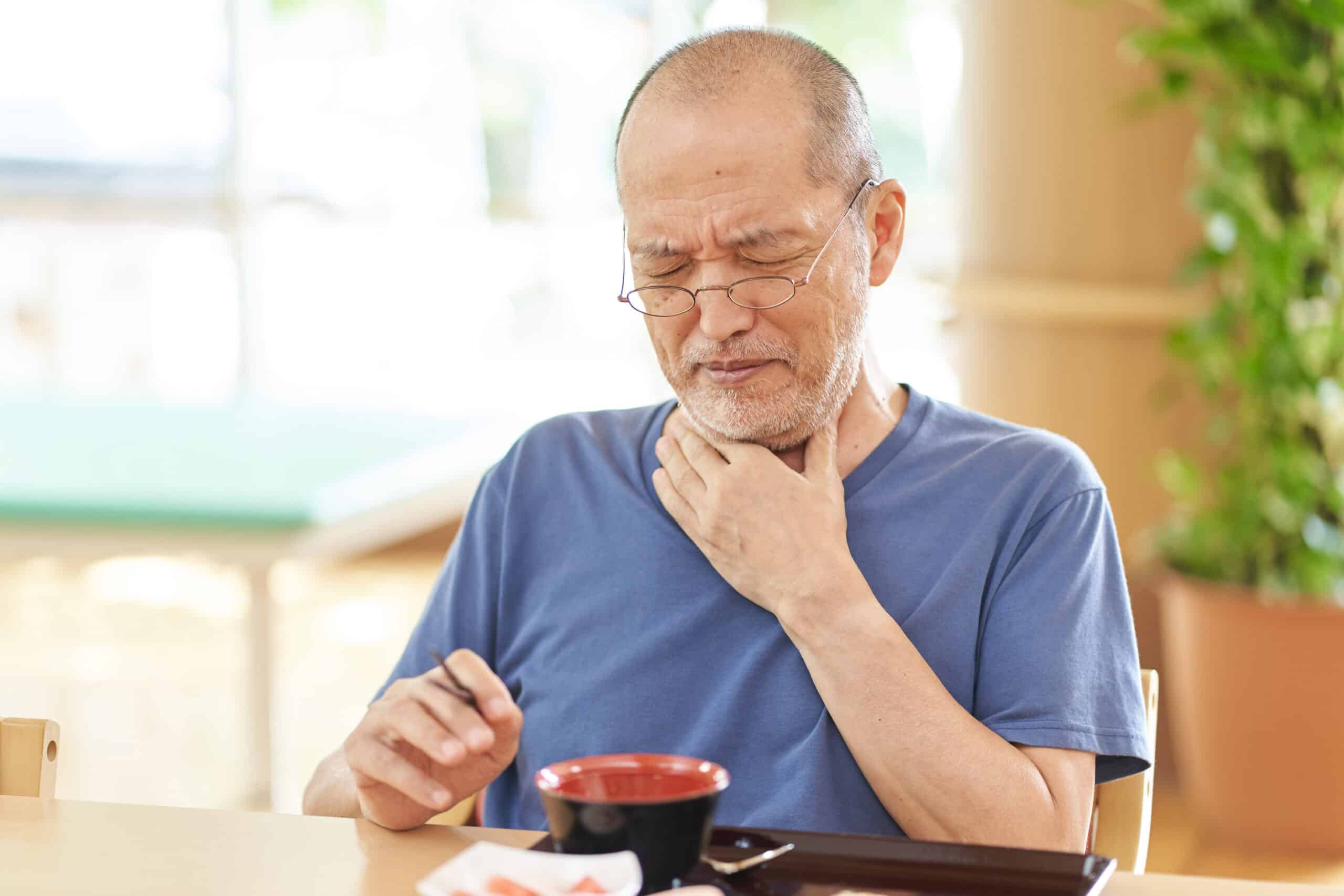
Phagophobia is the fear of swallowing. This phobia can cause severe eating difficulties and nutritional deficiencies. “Phago” is Greek for eating. It might arise from a traumatic choking incident or fear of swallowing pills. This phobia often leads to avoidance of solid foods. It’s sometimes linked to other anxiety disorders and requires careful management to ensure proper nutrition.
This article originally appeared on Rarest.org.
More from Rarest.org
1971 Roosevelt Dime Value Guide
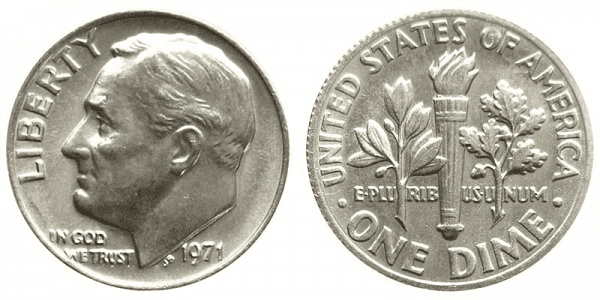
The Roosevelt Dime was created by the US Mint in 1971. Because it is formed of clad metal, this coin has a solid copper inner core and a coating of copper and nickel on the outside (91.67 percent Copper – 8.33 percent Nickel). Read More.
7 Most Lavish Celebrity Mansions

From sprawling estates with breathtaking views to historical mansions with modern amenities, celebrity homes are the epitome of luxury and extravagance. Read More.
1991 Lincoln Penny Value Guide

The 1991 Lincoln penny is made of 97.5% zinc and 2.5% copper. It has a solid zinc core while it is plated with copper. Read More.
